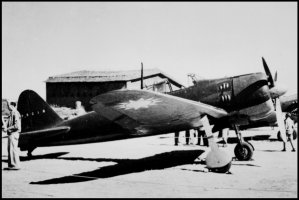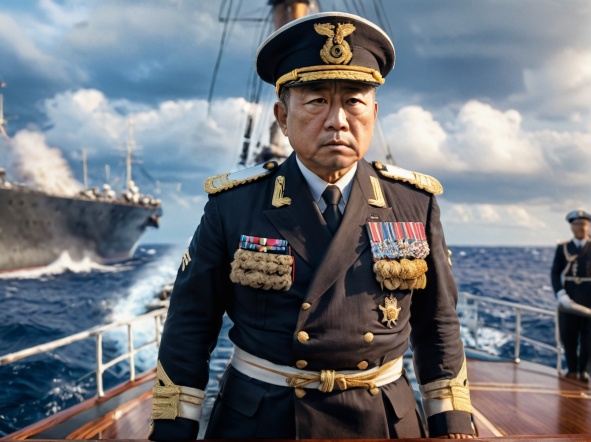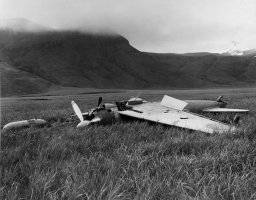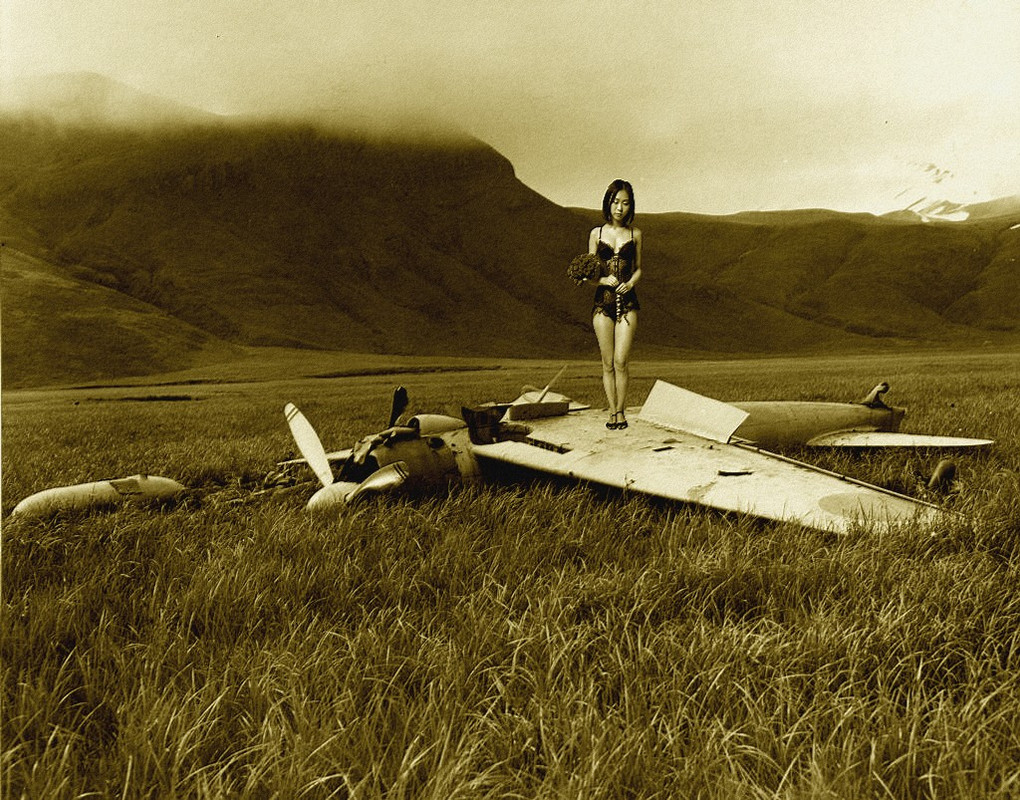Have you thought about trying CFS2 for modding, or is there something specific that keeps you working with CFS1? The altitude dynamics and behavior of the 1% planes in CFS2 should be similar, especially at mid-altitude levels where accurate performance data would show. No sim is perfect, but with careful adjustments, flight dynamics and performance should still be realistic. Interestingly, despite its combat-oriented limitations, Microsoft’s non-combat flight sims often receive praise for data accuracy—possibly benefiting from the regular updates that CFS3 missed as the last of the Combat Flight Sim series.
On another note, your mention of the AVG and their possible encounter with a Japanese Zero is fascinating. It’s widely believed the AVG indeed had an early chance to capture and assess a Japanese Zero, predating the U.S. Navy's formal analysis of Koga’s A6M2 in 1943. Here’s a breakdown of the story:
The AVG’s Encounter with a Japanese Zero
In early 1942, while the Flying Tigers operated in China, AVG pilots engaged Japanese aircraft over Burma and China. During this period, an A6M2 Zero reportedly made a forced landing in China after sustaining combat damage, leaving it abandoned. The AVG managed to capture and inspect this damaged Zero, which, while not identical to Koga’s more famous A6M2, provided a valuable glimpse into Japanese capabilities.
Although this Zero wasn’t in prime condition and had limited flight capability, AVG pilots who flew it noted its remarkable agility and climb rate—alongside its vulnerabilities, such as the lack of armor and self-sealing fuel tanks. These findings were later confirmed by the U.S. Navy’s rigorous tests on Koga’s A6M2.
Clarification with Koga’s A6M2
The AVG encounter, while providing useful insight, was limited by the damaged state of the Zero. In contrast, the Navy’s later recovery of Koga’s A6M2, found intact in the Aleutians, enabled in-depth testing, providing critical intelligence that shaped U.S. tactics for engaging Zeros in future battles.
Late-War Developments and Aircraft Replacements
By 1944, most Model 21 Zeros in service had been modified for various roles, including the fighter-bomber (
bakusen) conversion, to carry a 250 kg bomb on the centerline. However, no new Model 21s were built; existing models, such as the A6M2 and A6M5, were adapted for these roles. The Model 52, with its structural improvements, performed better as a fighter-bomber.
Meanwhile, Japan’s original carrier-based bombers, the
Kate and
Val, were gradually replaced:
- Nakajima B6N Tenzan ("Jill"): Replacing the Kate as the primary carrier-based torpedo bomber, the B6N featured a more powerful engine and better range and payload than its predecessor. However, development delays and a reduced carrier fleet limited its overall impact.
- Yokosuka D4Y Suisei ("Judy"): Intended to replace the Val, the D4Y was faster, with a streamlined design and initially intended as a reconnaissance bomber. Recast as a dive bomber, it excelled in speed but faced delayed deployment. Later in the war, the Judy was even adapted for kamikaze missions, given its speed advantage for breaching Allied defenses.
Both the
Jill and
Judy represented advancements in Japanese carrier strike capabilities, but their arrival was too late to counter Japan's deteriorating war position fully.








